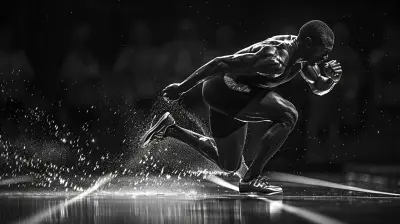The Impact of Leadership: How Captains Shape High School Teams
14 September 2025
When you think about high school sports, you probably picture the buzzer-beaters, the wild touchdown runs, or that one kid who can send a volleyball flying like a rocket. But there’s something that often flies under the radar—leadership. Specifically, the kind of leadership that comes from within the team itself. Yep, we’re talking about team captains. These aren’t just kids with an arm band or the ones who win popularity contests—they're the heartbeat of the squad, the glue when things get sticky, and often the driving force behind a team’s success.
So how exactly do team captains shape high school teams? How do they influence not just the scoreboard, but the entire experience of being on a team? Grab a seat and let’s break it down piece by piece.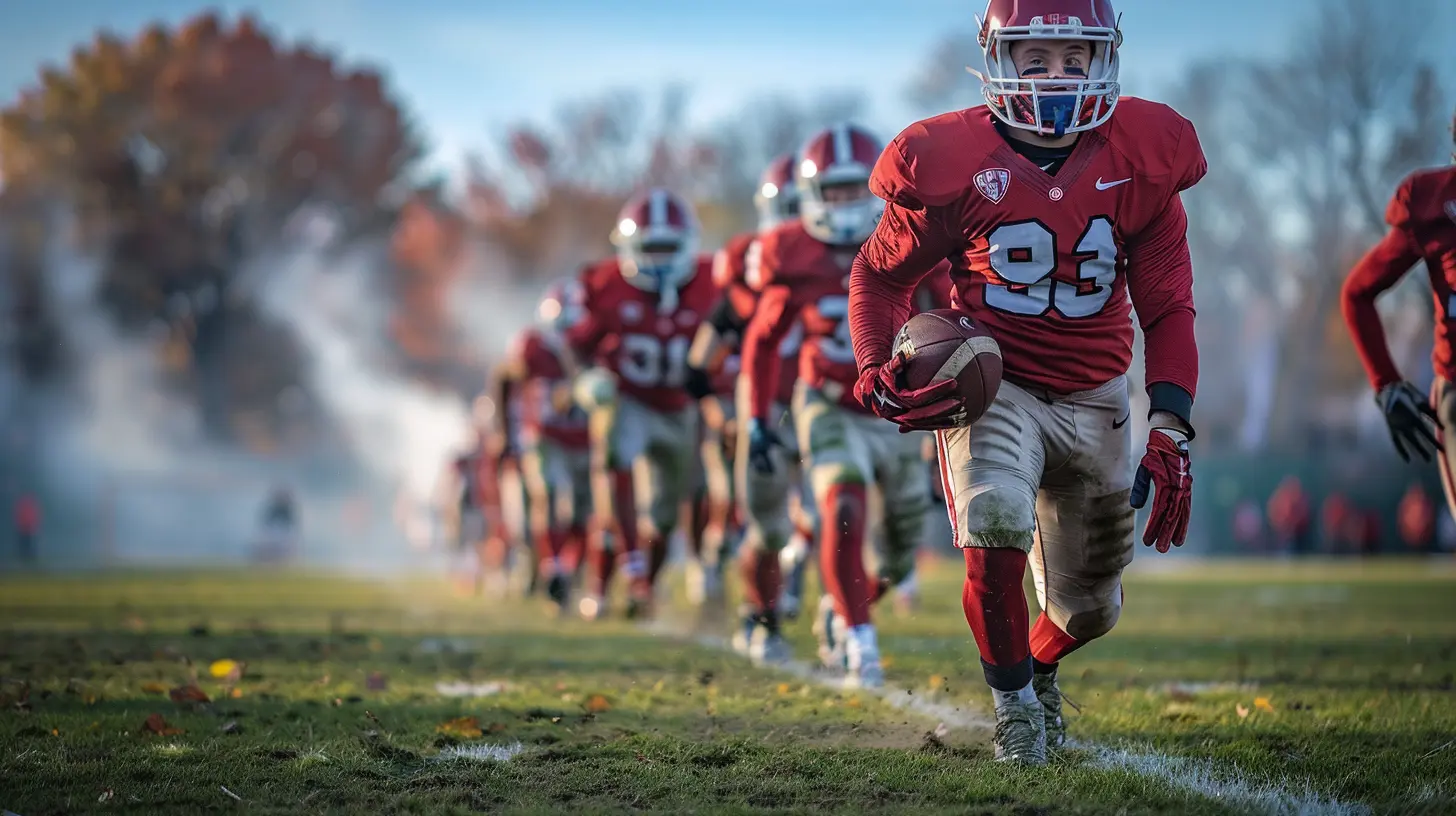
The Role of a Captain: More Than Just a Title
Being a captain isn't just about yelling "hustle" from midfield or shaking hands during coin tosses. It's a responsibility—a big one.Think of a captain like a compass. While coaches are the map, setting the destination and route, captains point the team in the right direction when things get confusing or tough. They make sure everyone’s paddling in sync, especially when the current starts to pull.
Here’s what a good captain usually does:
- Sets the tone — From the first practice to the last whistle, they shape the team’s attitude.
- Bridges the gap — They’re the connection between players and coaches.
- Leads by example — Talk is cheap. True captains show up early, stay late, and put in the work.
- Keeps the team accountable — Not in a bossy way, but in a “we’re better than this” kind of way.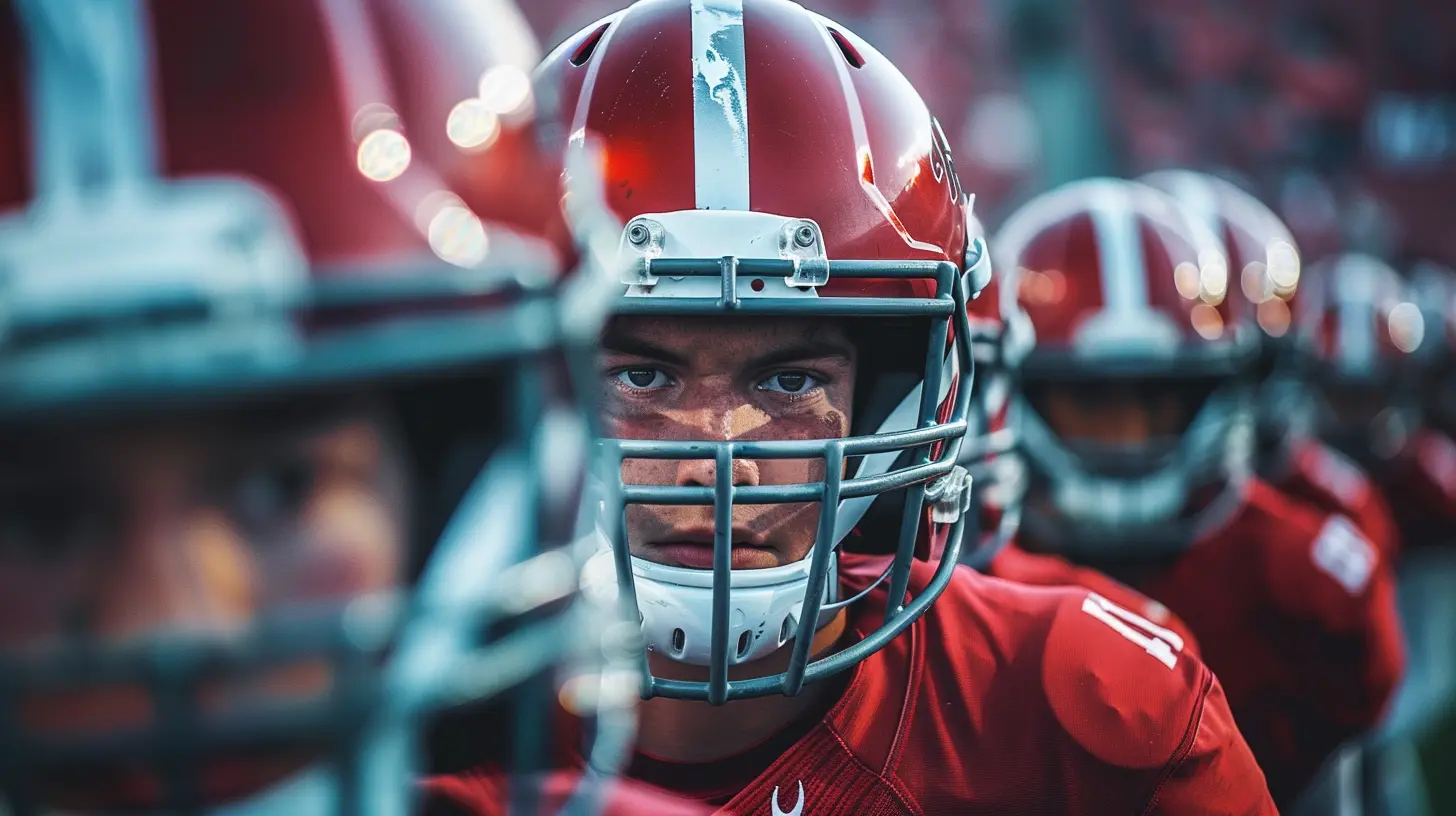
Emotional Leadership: The Heart of the Team
High school is a rollercoaster. Between AP tests, social drama, and growing pains, athletes have a lot on their plate. A good captain doesn’t ignore all that—they recognize it and keep spirits high.When morale dips—maybe the team’s on a losing streak or someone’s dealing with stuff off the field—a captain becomes the emotional anchor. They’re the ones slapping backs, giving pep talks, and picking teammates back up.
This emotional leadership isn’t just fluffy feel-good stuff, either. Studies have shown that teams with strong internal leaders tend to perform better, even under pressure. Why? Because when you trust and respect the people next to you, you play harder. You play for each other.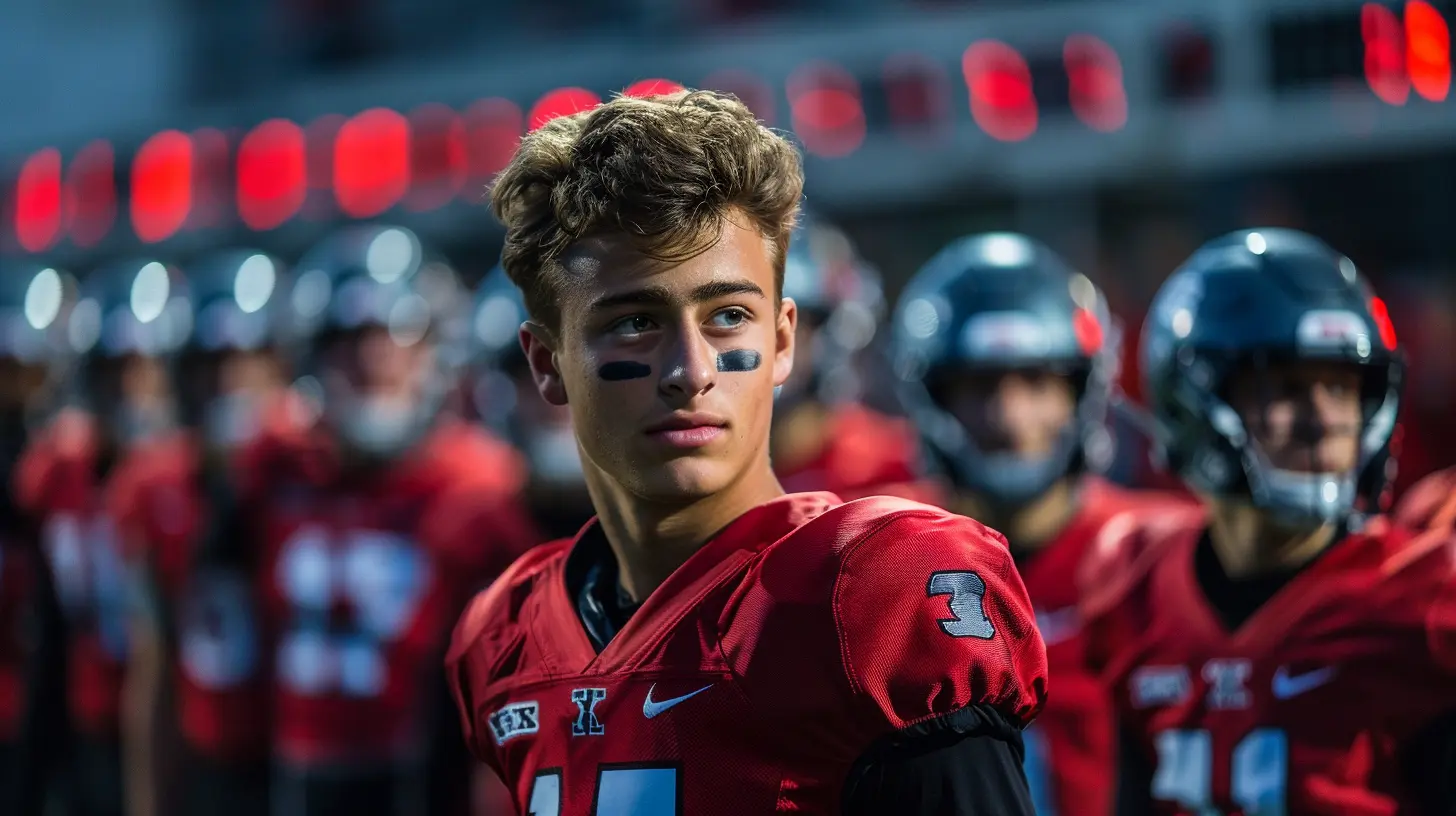
Practical Leadership: Doing the Dirty Work
Leadership isn’t always glamorous. In fact, a lot of it is the behind-the-scenes hustle that no one really sees.Captains often:
- Organize offseason workouts
- Set up team bonding events
- Handle gear responsibilities
- Lead warm-ups and drills
- Talk strategy with coaches
All of this takes initiative. It means taking ownership and stepping up—especially when it’s not fun. Imagine a rainy Monday practice when no one wants to be there. A great captain doesn’t sulk; they crack a joke, rally the troops, and get everyone moving.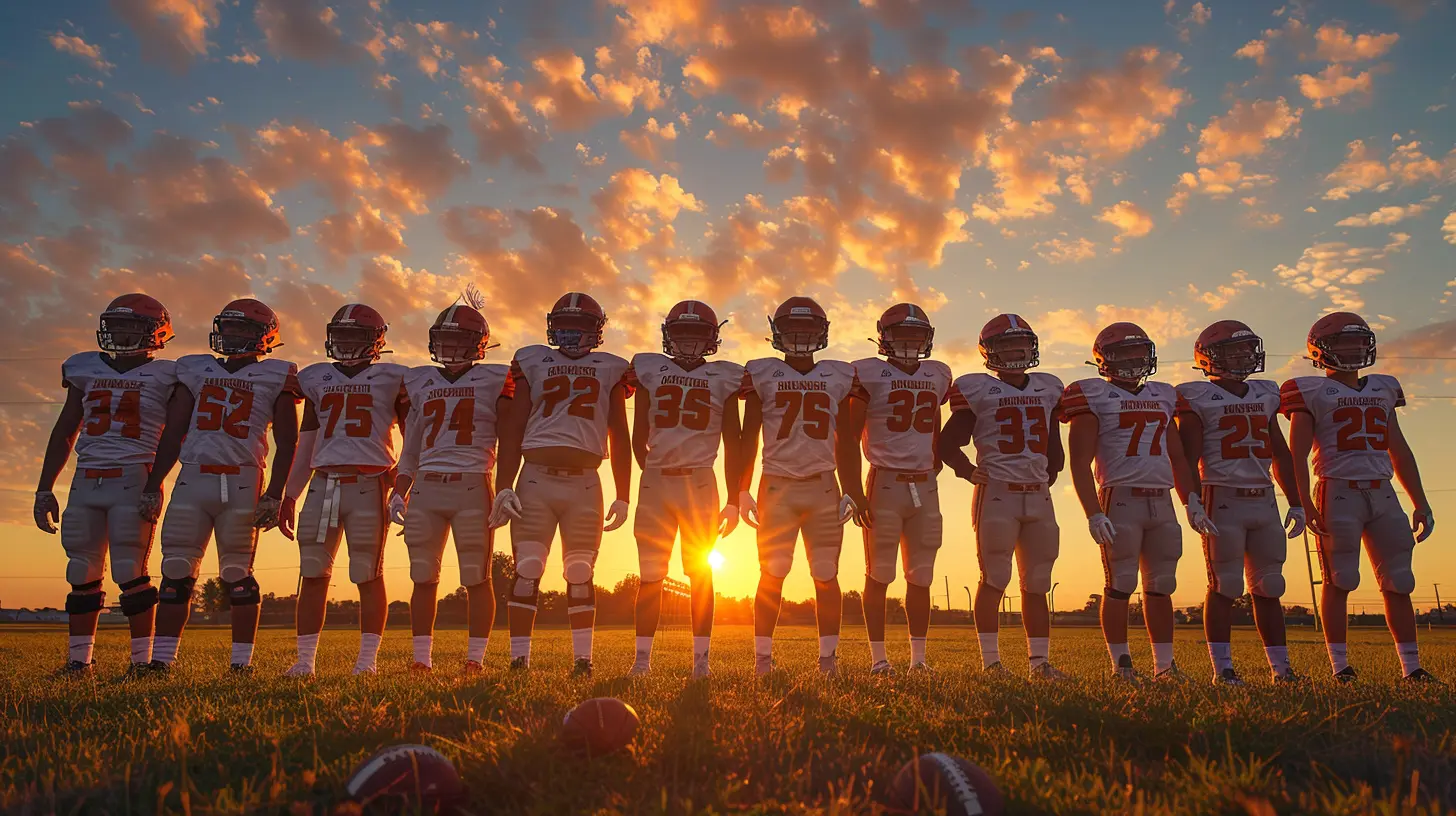
Influencing Team Culture
Culture eats strategy for breakfast. That’s true in business, and it’s definitely true in sports.Captains play a huge role in defining what kind of team culture exists. Are you a team that whines when the refs are bad? Or one that grits their teeth and keeps pushing? Are freshmen included and mentored, or left on the sidelines? That tone—those unwritten rules—start with your leaders.
When a captain carries themselves with humility and work ethic, others follow suit. When they show maturity, take accountability, and handle wins and losses with grace, it becomes contagious.
Think of team culture like a bonfire. The coach might bring the wood, the fans might bring the wind, but the captain? They light the match.
The Power of Peer Influence
Now here’s the kicker. Teens often respond better to their peers than authority figures. That’s just how it is. You can tell a player to run harder, but if their captain says it, it hits different.Captains can:
- Squash bad habits before they snowball
- Encourage healthy competition
- Call out negativity with credibility
- Lead mini mentorships with younger players
This peer-to-peer influence is gold. It’s boots-on-the-ground leadership. And in high school, where players are still figuring out who they are, having an older teammate they admire can seriously shape their growth—not just as athletes, but as people.
Leading Through Adversity
Let’s be real—not every season is a Cinderella story. Sometimes, your best player gets injured, or you go 2-10, or drama breaks out like a wildfire.That’s when true leadership shows. Some captains fold. But the great ones? They dig deep, double down, and keep the locker room from imploding.
Leadership during adversity means:
- Keeping the team focused on growth, not just wins
- Maintaining effort and intensity, even in losing streaks
- Rallying the team after tough losses
- Leading conversations about improvement and accountability
It’s easy to be a leader when you’re winning. But can you lead when your team is struggling to stay afloat? That’s the true test of a captain’s character.
Off-the-Field Leadership
Being a captain isn’t a 9-to-5 gig. The best ones lead even when the jerseys are off.That means:
- Encouraging good grades and time management
- Setting a positive example on social media
- Showing respect to teachers, refs, and parents
- Representing the school with pride in the community
These things matter more than people realize. Coaches and college recruiters weigh character heavily. A captain who’s a class act on and off the field can elevate the whole team’s reputation.
Plus, it teaches teammates that being an athlete is about more than stats—it’s about who you are, period.
Building Future Leaders
Here’s something we often overlook: leadership is renewable. Meaning? One great captain can inspire the next wave of great leaders.When a sophomore sees how a senior captain handles stress, communicates, and supports others, they're learning—even if they don’t realize it. Captains who build others up leave a legacy that lasts way after they’re gone.
Some ways captains can mentor younger players:
- Include them in team discussions
- Show them how to handle feedback
- Encourage them to speak up
- Give honest advice and praise
These seeds of leadership plant future captains. It’s like passing the baton in a relay. And the stronger the handoff, the better the team’s future.
How Coaches Can Empower Captains
Let’s touch on a key ingredient: coaches. For captains to thrive, they need support, trust, and clear expectations from their coaches.Coaches can help captains shine by:
- Defining their role clearly at the start of the season
- Giving them real responsibilities
- Offering feedback and guidance
- Letting them lead in team meetings
When coaches empower their captains, it creates a win-win. The coach gets a trusted second voice, and the team gets a peer they can rally behind.
Signs of a Strong Captain
So, what should we look for in a great high school team captain? It’s not always the best player, the loudest voice, or the most popular kid. It’s someone who:- Shows up consistently
- Puts team above self
- Is coachable and eager to learn
- Has emotional intelligence
- Earns respect, not demands it
- Can communicate—clearly and calmly
Leadership is a skill, not a status. Some kids are born with it, others grow into it. But every great team has someone who steps up when it matters.
Final Thoughts: Leadership for Life
Let’s zoom out for a second. What really makes high school captains so impactful?It’s the way they grow into leaders through sweat, setbacks, and shared wins. The lessons they learn—communication, responsibility, humility—carry over into college, careers, and eventually their own families. Leadership on the field teaches leadership in life.
And for the teams they lead? The impact is even bigger. A strong captain can take a team from just “playing the sport” to becoming a unit, a family, a memory everyone looks back on with pride.
So next time you see a high school captain rallying their squad or calming tensions after a bad call, know that you’re witnessing something powerful. You’re seeing the backbone of the team in action.
all images in this post were generated using AI tools
Category:
High School SportsAuthor:

Frankie Bailey
Discussion
rate this article
1 comments
Ace Klein
Leadership in high school sports? It’s not just about the team wins; it’s about the drama! Captains either spark greatness or throw the whole squad into chaos. Game on!
October 7, 2025 at 2:44 AM

Frankie Bailey
Absolutely! Leadership in high school sports goes beyond wins—it's about how captains influence team dynamics and foster a positive environment. Their impact can truly make or break the team's spirit and success.

